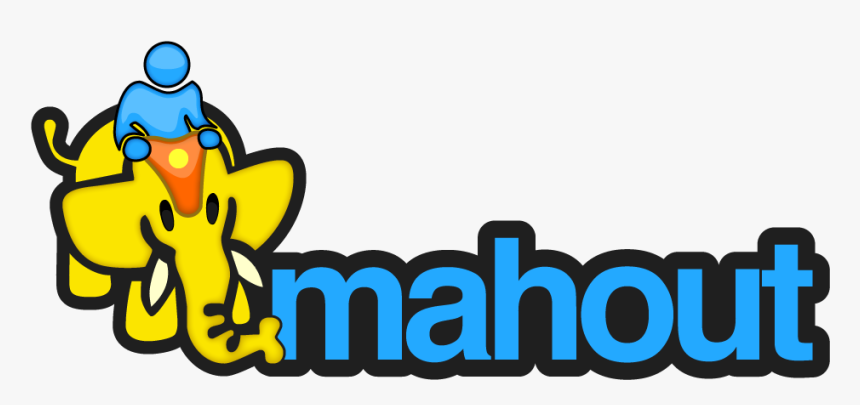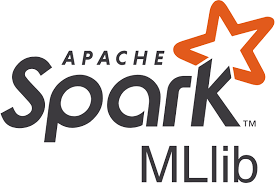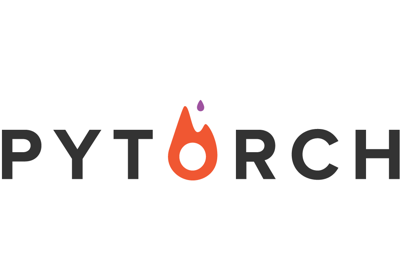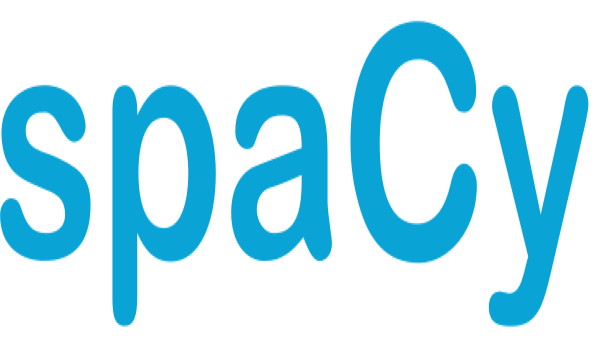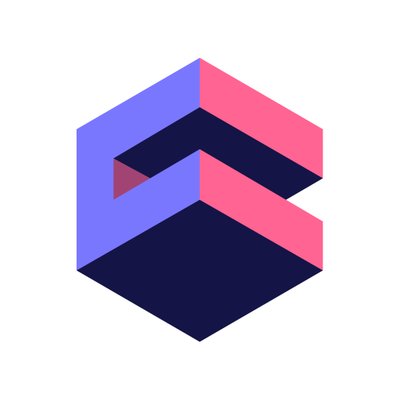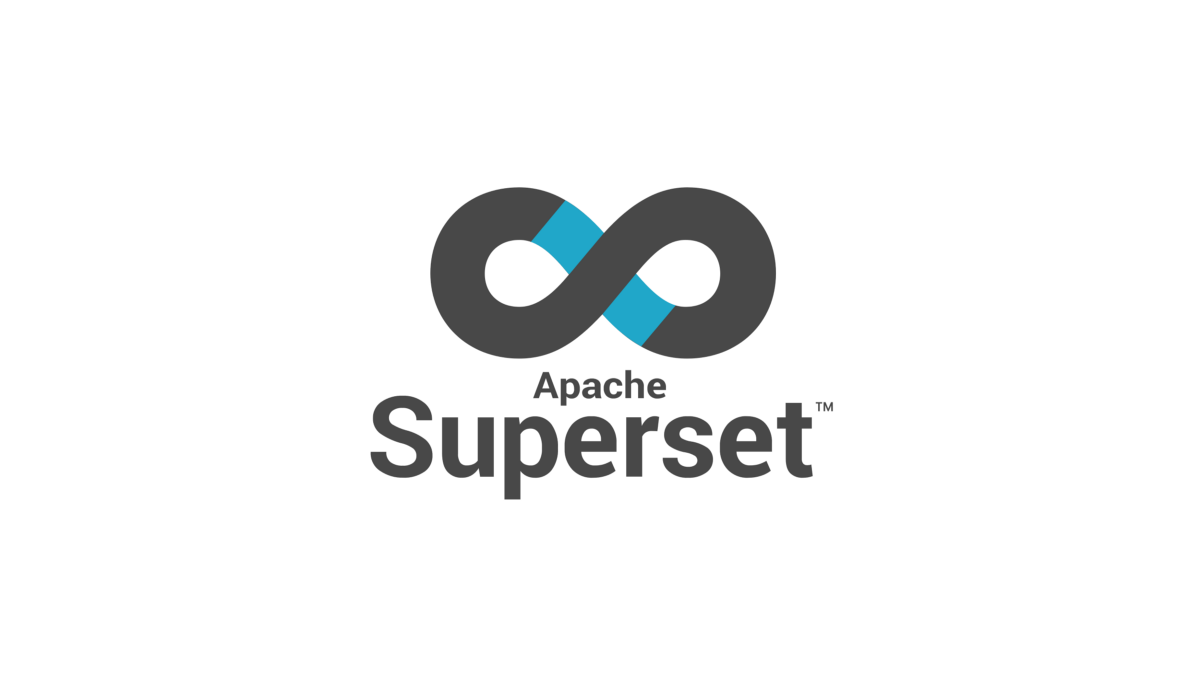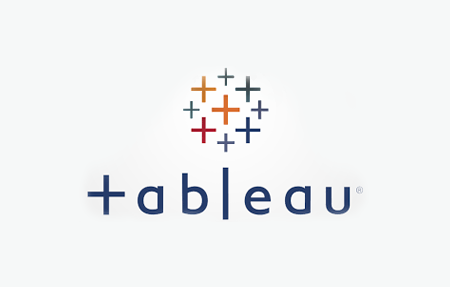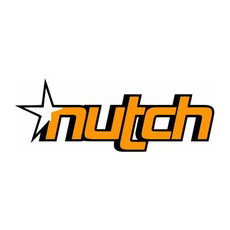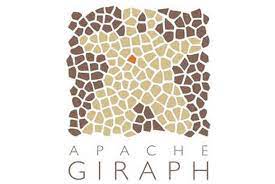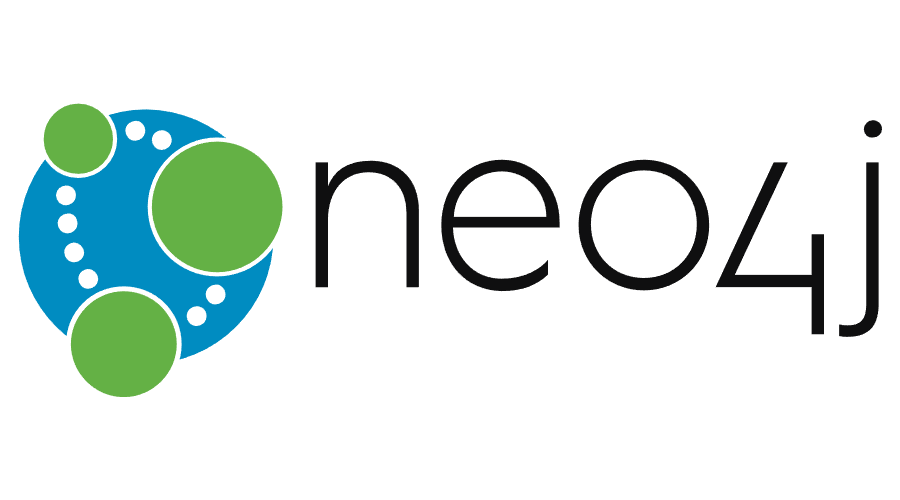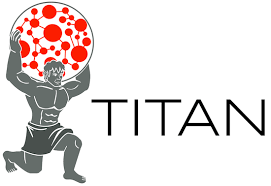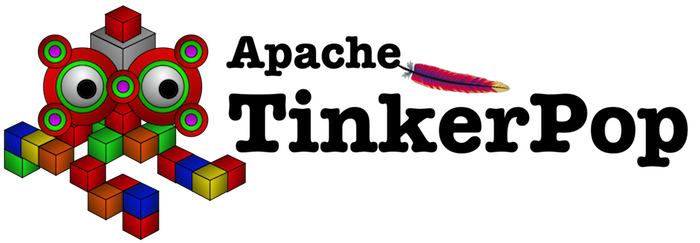Let's Discuss
Enquire NowBig Data & Data Science
Our expertise includes text extraction, named entity recognition, coreference resolution, frequent term mining (TFIDF), classification, regression, clustering, etc. The data science team comprises engineers who have been working in this space for several years and have excellent experience in solving problems and implementing them. Generally, we are more focused on applying machine learning, deep learning, and natural language processing techniques to large volumes of data.
Machine Learning
Dexlock offers advanced algorithms in solving complex business challenges and creating innovative business models. From recommendation engines to spam prediction systems to social media analytics, we have powerful engines built upon ML techniques.
We are globally renowned deep learning experts as we have successfully implemented multiple end-to-end strategies. Our development process includes learning semi-structured and unstructured representations of data to build an optimized solution to resolve critical business problems.
Some of the deep learning networks we have used in the past include Restricted Boltzmann Machines, Deep Belief Networks, and Convolutional Networks.
Text Engineering
Our Text Engineering experts are the best in the business, and we can incorporate their expertise into a variety of sectors. We assist you in realizing the potential of human-generated spoken or written data, which has become far more valuable in recent years. We create systems that comprehend human language and make better decisions. We've developed NLP systems for the advertising, healthcare, and retail industries.
Robotic Process Automation
Our team conducts a root-cause analysis of your business to diagnose processes that need automation. Then, we strategize a comprehensive procedure to build a solution. Finally, we execute and integrate the solution into your organization’s infrastructure seamlessly. Whether it calls for developing a custom application or using specialized RPA tools, we ensure hassle-free implementation of the selected process automation.
Machine Learning
Machine learning is a set of artificial intelligence techniques that gives web and mobile applications the ability to learn, adapt, and improve over time. It does this by processing vast amounts of data, identifying trends and patterns within it.
Stanford NLP
Stanford NLP is a Python natural language processing analysis package built on PyTorch that’s designed to process several human languages. It features a fully neural network pipeline for natural language analysis, ranging from tokenization to dependency parsing. It was developed with a fully data-driven fashion for easy domain adaptation
Apache Mahout
Apache Mahout is a machine learning algorithm focused primarily on the areas of collaborative filtering, clustering, and classification. Mahout also provides Java libraries for maths operations and primitive Java collections. It also supports recommendation mining which analyses user’s behavior and predicts the items which a user might like.
Clip
Clip is a productive development and delivery expert system tool designed for writing applications called expert system. A program written in Clips may consist of rules, facts, and objects. The generic Clips interface is an interactive and text-oriented command prompt interface. Key features include knowledge representation, portability, extensibility, interactive development, validation, and low cost.
Spark MLlib
MLlib is a library for performing machine-learning and associated functions on enormous datasets. It is built on Apache Spark, a swift and general engine for large-scale data processing MLlib largely facilitates the model development process and broadens support for APIs written in Python, R, and Java.
Deep Learning
Deep learning is a subset of machine learning based on artificial neural networks. Deep learning replicates the workings of the human brain in processing data, generating patterns, and decision making. It is an important element of data science, which includes statistics and predictive modelling.
PyTorch
PyTorch is an open-source deep learning framework based on the Torch library used for applications such as computer vision, natural language processing, and deep learning applications using GPUs and CPUs. PyTorch provides two high-level features like Tensor computation and Deep neural networks.
Tensorflow
TensorFlow is a free and open-source software library using data flow graphs to build a model. It is used across a range of tasks that focus on the training and inference of deep neural networks. It allows developers to create large-scale neural networks with many layers. Predominantly, TensorFlow is used for Classification, Perception, Understanding, Discovering, Prediction and Creation.
Computer Vision
Computer vision is a field of artificial intelligence that trains computers to interpret information from images, videos, other visual inputs to accurately recognize, categorize objects and take actions or make recommendations. It runs analyses of data repeatedly until it distinguishes distinctions and recognizes images. Computer vision can be used in Face recognition, Video analytics, Image processing, Object detection, Emotion analysis, etc.
Object Detection
Object detection is a computer vision approach for identifying and locating objects in images and videos. Object detection can be used to count objects in a scene, determine and track their locations, and precisely label them. Object detection can be performed using either image processing techniques or deep learning networks. Object detection has a variety of real-world applications like 1. Video surveillance 2. Crowd counting 3. Anomaly detection (agriculture, health care, etc) 4. Self-driving cars
Text Engineering
AI technology that employs NLP to search and analyze vast amounts of unstructured text data in documents and databases to uncover concepts, patterns, subjects, keywords, and other attributes. After being extracted, the data is turned into a structured format that can be further analyzed or displayed using clustered HTML tables, mind maps, charts, and other visual aids.
OpenNLP
Apache OpenNLP library is a machine learning-based toolkit written in Java that provides support for NLP tasks such as tokenization, sentence segmentation, parsing, named entity extraction, part-of-speech tagging, chunking, and coreference resolution. These tasks are frequently required to build more advanced text processing services.
SNLP
Stanford NLP is a Python natural language processing analysis package built on PyTorch that’s designed to process several human languages. It features a fully neural network pipeline for natural language analysis, ranging from tokenization to dependency parsing. It was developed in a fully data-driven fashion for easy domain adaptation.
LingPipe
LingPipe is a suite of Java libraries for the linguistic analysis of human language. LingPipe’s architecture is designed to be scalable, reusable, robust & it also works on multiple languages and domains.
GATE
GATE is open-source software that supports a wide variety of biomedical NLP tasks. It yields a wide range of applications in processing the voice of the customer, cancer research, drug research, recruitment, web mining, information extraction, semantic annotation, etc. GATE allows tagging process to be carried out sequentially and helps modification of individual elements without disruption to others.
Natural Language Toolkit
The Natural Language Toolkit is a suite of libraries and programs supporting research and development in Natural Language Processing. NLTK's architecture is modular and its functionalities are standardized into sub-packages and modules.
spaCy
spaCy comes with pre-trained pipelines and currently supports tokenization and training for 60+ languages. It is NumPy for NLP that is automatic and highly efficient. spaCy acts as all-inclusive of Tokenization, Lemmatisation, Part-of-speech(POS) tagging, Entity recognition, Dependency parsing, Sentence recognition, Word-to-vector transformations, and other cleaning and normalization text methods.
RPA
RPA is the use of technology to automate repeatable business activities and services. Automation improves process accuracy, efficiency, and productivity as it eliminates manually performing time-consuming error-prone tasks.
Camunda
Camunda is an open-source workflow and decision automation platform. Camunda Platform ships with tools for creating workflow and decision models, operating deployed models in production, and allowing users to execute workflow tasks assigned to them. It is a Java-based framework that provides an intelligent workflow for any kind and size of an organization. It is centered around a runtime engine and uses an in-built modeling tool to execute the business process designs.
Data Visualization
Data visualization is the practice of converting information into a visual factor. It is particularly an efficient way of communicating when the data is numerous and its tools provide an obtainable way to understand trends, outliers, and patterns in data.
Highcharts
Highcharts, an SVG-based multi-platform charting library written in pure javascript offers an easy way of adding interactive charts to a web application. Highcharts support a wide range of charts like line, spline, area, areaspline, column, bar, pie, scatter, bubble, gauge, and polar chart. Users can export the chart to PNG, JPG, PDF, or SVG format at the click of a button, or print the chart directly from the web page.
AMCharts
AMCharts is a go-to library for data visualization, a simple yet powerful and flexible drop-in data visualization solution. It is compatible with all modern and most legacy browsers and allows creating flexible Pie, Column, Line, and several other chart types.
D3 js
D3.js is a JavaScript data visualization library used to create custom interactive data visualizations in the web browser. D3’s functional style grants code reuse through a varied compilation of official and community-developed modules. It makes use of Scalable Vector Graphics, HTML5, and Cascading Style Sheets standards.
Cube js
Cube.js is an open-source analytics layer for modern applications. It creates an analytics API on top of the database and handles SQL generation, caching, security, authentication, and much more. Cube.js was designed to work with serverless data warehouses and query engines.
Apache Superset
Apache Superset is a modern, enterprise-ready business intelligence web application. It is a fast, lightweight, intuitive interface for visualizing datasets and preparing interactive dashboards. Superset can query data from any SQL-speaking datastore or data engine that has a Python DB-API driver and an SQLAlchemy dialect.
Pentaho
Pentaho is an open-source suite that provides data integration and OLAP services. It includes features for managing security, running reports, displaying dashboards, report bursting, scripted business rules, OLAP analysis, and scheduling out of the box. Pentaho can accept data from different data sources like SQL databases, OLAP data sources, and even the Pentaho Data Integration ETL tool.
Tableau
Tableau is a powerful and fastest-growing interactive data visualization tool used in the Business Intelligence Industry. It is one of the tools out there for creating powerful and insightful visuals. We use it for analytics that require great data visuals to help us tell the stories. It makes data become the centerpiece of decision-making by using it to tell a story.
Large Data Store
Big data storage is a compute-and-storage architecture that amasses and manages large data sets. There are three types of Big Data: Structured, Unstructured, and Semi-structured. Data comes from myriad sources and by using this technology, we can improve decision making.
Hadoop
Hadoop software library is a framework that allows distributed processing of large data sets. Hadoop allows clustering multiple computers to analyse massive datasets in parallel more quickly. To deliver high availability, the library itself is designed to detect and handle failures at the application layer. It can store data in raw or any of the serialized formats like Avro, SequenceFile, etc.
Cassandra
The Apache Cassandra is a database that provides scalability and high availability without compromising performance. Linear scalability and proven fault tolerance on commodity hardware or cloud infrastructure make it the perfect platform suited to point lookups and wide tables. Cassandra's support for replicating across multiple datacenters makes it a class apart.
HBase
Apache HBase is the Hadoop database that can be very useful for range scan-based batch processing of records. The main features of the HBase database are Linear and modular scalability, strictly consistent reads and writes, convenient base classes for backing Hadoop MapReduce jobs with Apache HBase tables, and easy-to-use Java API for client access.
Aerospike
Aerospike’s database is mostly suited for real-time queries on large volumes of analytic information. Aerospike is a distributed, scalable NoSQL database, its Java client enables you to build applications in Java that store and retrieve data from an Aerospike cluster. It contains both synchronous and asynchronous calls to the database.
MongoDB and CouchDB
MongoDB is a document-oriented database that stores data in JSON-like documents with dynamic schema. It simplifies data infrastructure with an application data platform that powers transactional, search, mobile, and real-time analytics workload on any cloud. CouchDB is an open-source document-oriented database that uses key-value maps for storing document fields. The fields can be simple key-value pairs, maps, or lists. It offers a RESTful HTTP API for reading, adding, editing, and deleting database documents. This database structure can be scaled from global clusters down to mobile devices.
Data Mining
Data mining software is one of several analytical tools for analyzing data. It helps analyse data from different dimensions or angles, classify it, and compile it into meaningful information. Data mining uses algorithms scrapped from statistics, artificial intelligence, and computer science to find structures or recurrent themes.
Apache Nutch
Apache Nutch is an open-source Java implementation of a search engine. It provides all the tools we need to run our own search engine and since it is an open-source we can access ranking algorithms. Nutch can add search to information of heterogeneous type or can use plugins to add additional functionalities.
Scrapy
Scrapy is a fast high-level web crawling and web scraping framework used to extract data using APIs. It can be used for a wide range of purposes, from data mining to monitoring and automated testing. Scrapy is extensible and we can add new functionality easily without having to touch the core.
Beautiful Soup
Beautiful Soup is a Python library for pulling data out of HTML and XML files. It provides a way for navigating, searching, and modifying the parse tree. It creates a parse tree for parsed pages that can be used to extract data from HTML, which is useful for web scraping.
In-Memory Data Storage
An in-memory database is a database management system that primarily depends on main memory for computer data storage. It has superior performance compared to normal DBMS, as I/O cost is no more a performance cost factor. Due to its use of internal optimization algorithms that require fewer CPU instructions In-memory databases work faster than databases with disk storage.
WhiteDB
WhiteDB is a lightweight database that is known for its speed and portability across ecosystems, it operates fully in main memory. The disk is used only for dumping/restoring the database and logging. Data is persistently kept in the shared memory area and is available simultaneously to all processes.
Redis
Redis, which stands for Remote Dictionary Server, is a fast, open-source, in-memory key-value data store for use as a database, cache, message broker, and queue. Data in a key-value database has two parts: the key and the value. Because Redis can accept keys in a wide range of formats, operations can be executed on the server and reduce the client’s workload. Redis is often used for caches to speed up web applications.
HSQLDB and MemSQL
HSQLDB is a relational database management system written in Java. It offers a fast, small database engine that offers both in-memory and disk-based tables. HSQLDB is used for the development, testing, and deployment of database applications.
MemSQL is a distributed, relational, SQL database management system that features ANSI SQL support and is known for speed in data ingest, transaction processing, and query processing. It enables high performance and fault tolerance on large data sets and high-velocity data.
Distributed Processing
Distributed processing is a structure of multiple central processing units (CPUs) working on the same program to provide more capability. This includes parallel processing in which a single computer uses more than one CPU to execute programs.
Apache Giraph
Apache Giraph is an iterative graph processing system built for high scalability. Giraph adds several features beyond the basic Pregel model, including master computation, sharded aggregators, edge-oriented input, out-of-core computation, and more. Giraph is a natural choice for unleashing the potential of structured datasets at a massive scale.
Apache Spark
Apache Spark is an open-source cluster computing framework. Spark uses in-memory primitives that make performance up to 100 times faster in contrast to Hadoop’s two-stage disk-based MapReduce paradigm. Spark is a real-time large data processing system that can use primary memory very effectively.
Hadoop MapReduce
Hadoop MapReduce is a software framework for distributed processing of large data sets on compute clusters of commodity hardware. MapReduce takes care of scheduling tasks, monitoring them, and re-executing any failed tasks. The main feature of MapReduce is the batch processing of large volumes of data on secondary storage.
Akka
Akka is a toolkit and runtime for building highly concurrent, distributed, and fault-tolerant event-driven applications on .NET & Mono. It alleviates developers from explicit locking and thread management, making it easier to write correct concurrent and parallel systems.
Graph Data Store
Graph databases are purpose-built to store and navigate relationships. It uses graph structures for semantic queries with nodes and edges, where nodes store data entities and edges represent the relationship between the nodes.
Neo4J
Neo4J is a graph database capable of holding a massive amount of data. One of the key attributes of Neo4j is that programmers work with a flexible network structure of nodes and relationships rather than static tables yet enjoy all the benefits of an enterprise quality database.
Titan
Titan is a transactional database that can support thousands of concurrent users executing complex graph traversals in real-time. Titan can use Cassandra/HBase etc for storage and ElasticSearch for indexing. It is scalable graph processing over big data processing systems.
Apache TinkerPop
Apache TinkerPop is an open-source, vendor-agnostic, graph computing framework. It provides graph computing capabilities for both graph databases and graph analytic systems. All TinkerPop-enabled systems integrate with one another allowing them to effortlessly expand their offerings as well as granting users to select the suitable graph technology for their application.
Data Pipelines
A pipeline is a set of data processing elements connected in series, where data is consumed from various sources and moved to a destination for storage and analysis. A well-handled data pipeline grants organizations access to well-structured datasets for analytics. The two common types of pipelines are batch processing and real-time processing.
Apache Kafka
Apache Kafka is an open-source distributed event streaming platform used for high-performance data pipelines, streaming analytics, data integration, and mission-critical applications. Apache Kafka is used for both real-time and batch data processing. A single Kafka broker can handle hundreds of megabytes of reads and writes per second from thousands of clients.
Apache Flume
Apache Flume is an open-source, powerful and flexible system used to collect, aggregate, and move large amounts of unstructured data from multiple data sources in a distributed fashion. Flume can move log data generated by application servers into HDFS at a higher speed. It is robust and fault-tolerant with tunable reliability mechanisms and many failovers and recovery mechanisms.
AWS
Amazon Web Services (AWS) is an on-demand cloud computing platform. The AWS technology is implemented at server farms and maintained by the Amazon subsidiary. Subscribers can pay for a single virtual AWS computer, a dedicated physical computer, or clusters of either.
